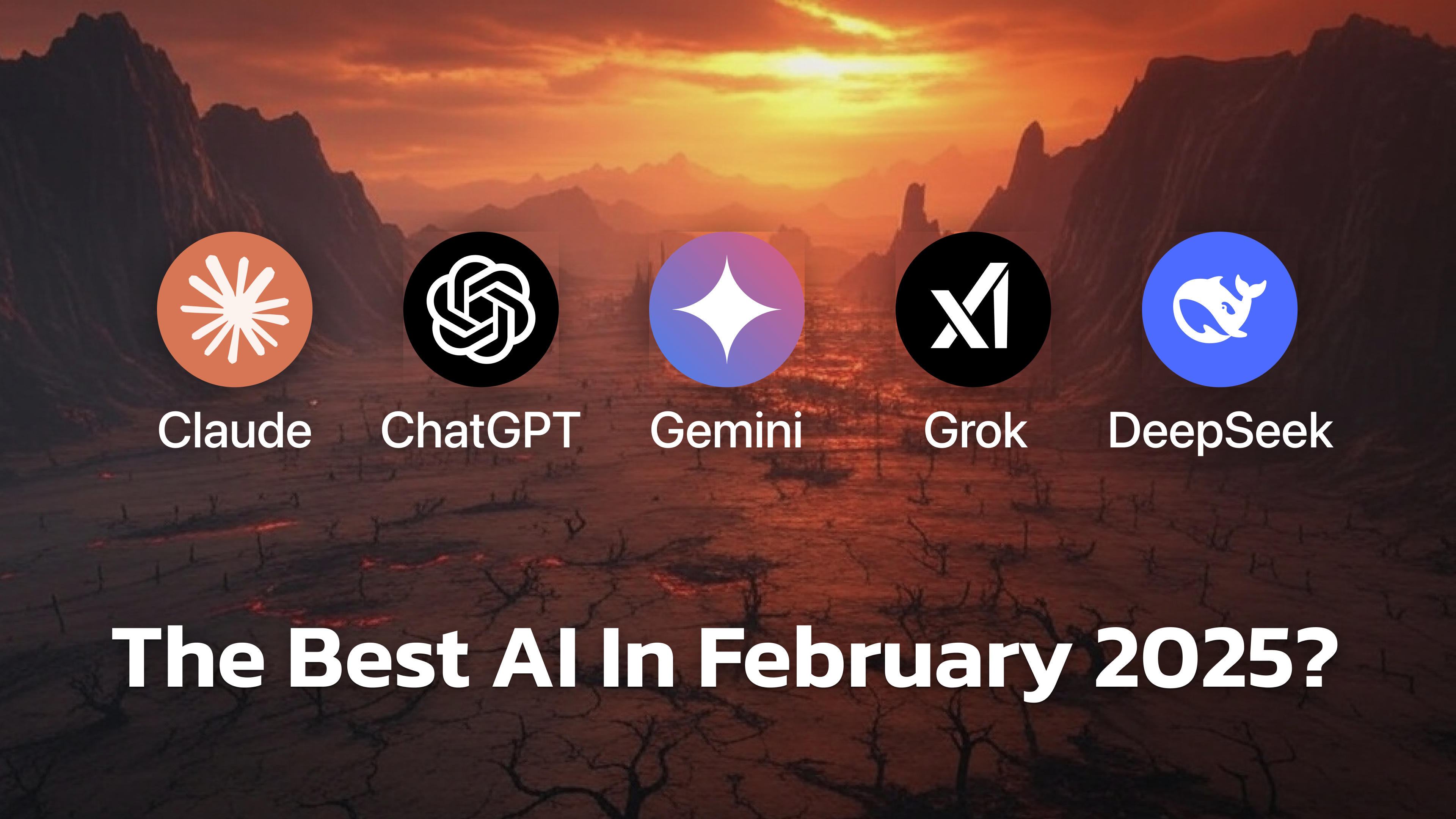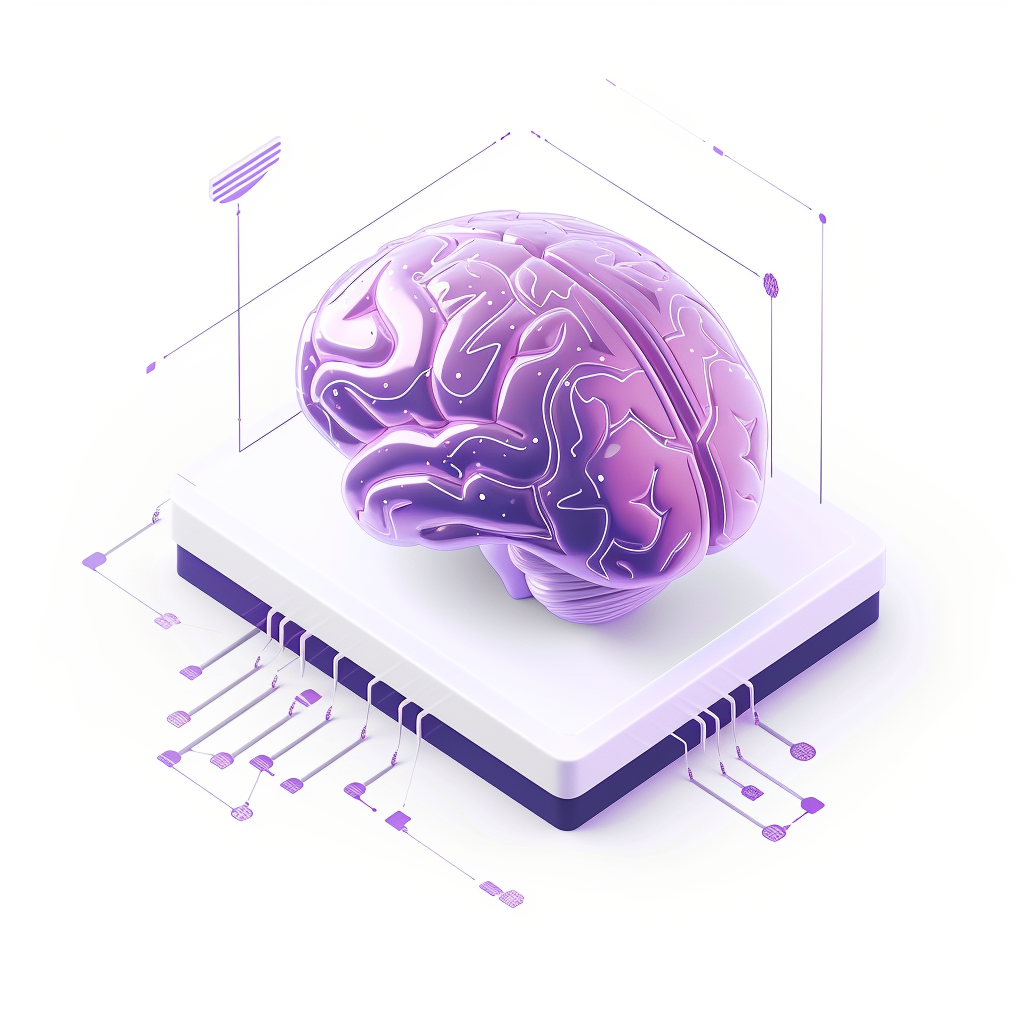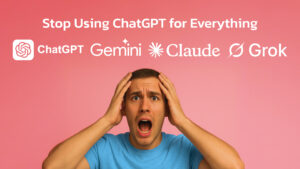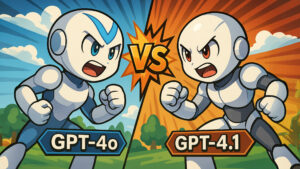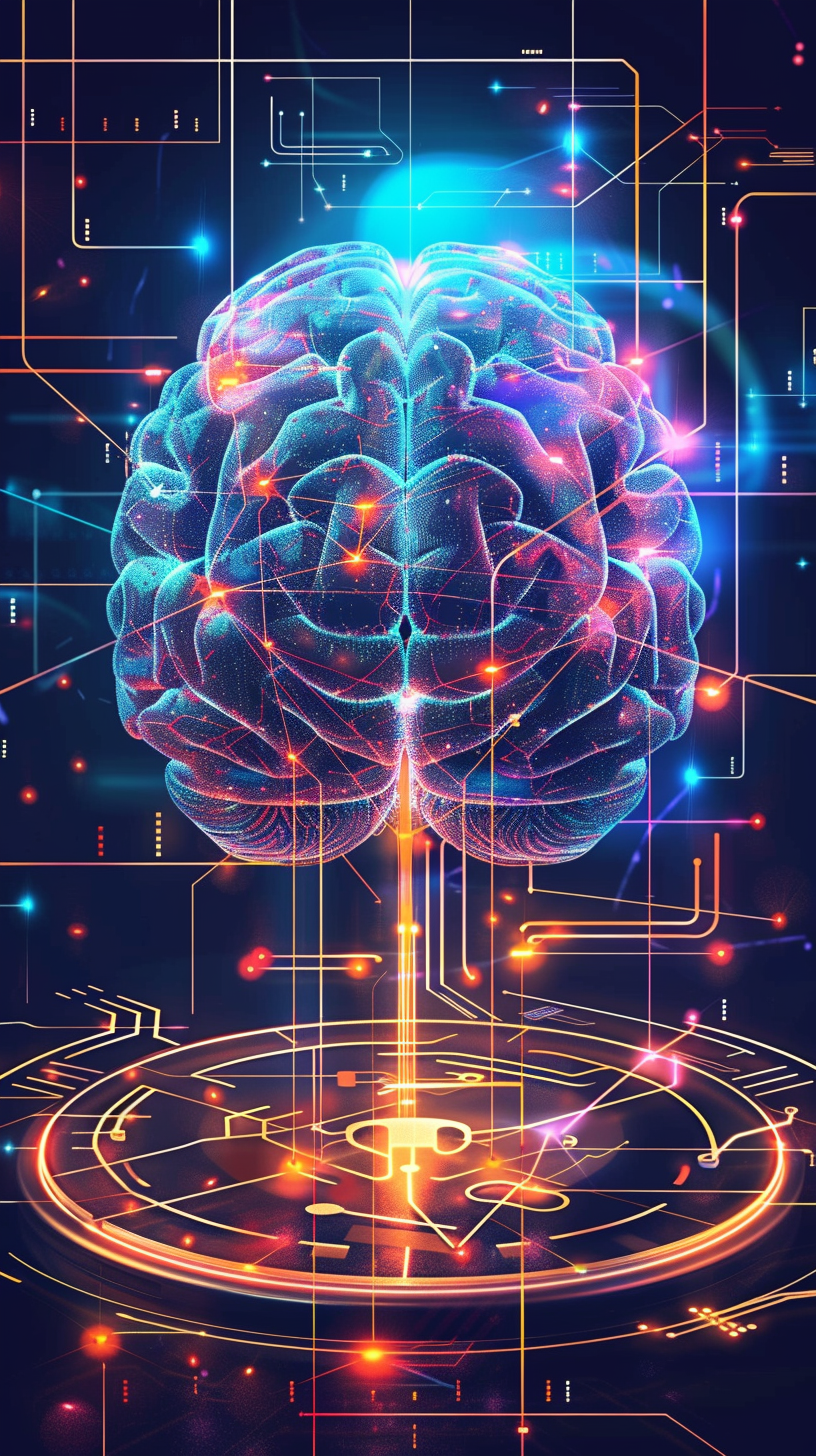Artificial intelligence (AI) is advancing at an unprecedented pace, with new models and technologies emerging almost weekly… In January 2025, Chinese startup DeepSeek unveiled its R1 AI model, which quickly surpassed ChatGPT as the most downloaded free app on the U.S. iOS App Store.
This rapid ascent not only disrupted the AI landscape but also sent shockwaves through global tech markets, leading to significant stock fluctuations among major industry players. Building on this momentum, just last week, Elon Musk’s AI venture, xAI, introduced Grok 3, aiming to challenge existing AI giants…
With the leaderboard of top AI models shifting almost weekly, the race shows no signs of slowing down. In this article, we take a closer look at Grok 3, ChatGPT, DeepSeek, Claude, and Gemini, analyzing their strengths, weaknesses, and key features. Whether you’re looking for the best AI for coding, content creation, or real-time insights, this guide will help you navigate the rapidly evolving AI landscape and choose the model that best fits your needs.
The Competitive Landscape of AI Models
Each AI model in the current market offers a distinct approach to solving problems:
- Grok 3 is xAI’s latest offering, boasting an impressive infrastructure powered by 200,000 Nvidia H100 GPUs. Its specialized modes—Think Mode, Big Brain Mode, and DeepSearch—set it apart for tasks requiring deep reasoning and real-time data analysis.
- ChatGPT, developed by OpenAI, remains a household name. It is celebrated for its versatile text generation, creative content creation, and strong problem-solving skills, especially when powered by the GPT-4 family.
- DeepSeek has carved out a niche with its focus on deep learning and advanced text analysis, though its performance in practical applications has sometimes lagged behind.
- Claude is renowned for its human-like writing, particularly in generating engaging, natural-sounding content that feels less “machine-generated.”
- Gemini—a relatively new entrant—brings emerging features to the table, positioning itself as a competitive option in real-time data access and creative applications.
These models reflect broader industry trends, where the emphasis is shifting from merely generating text to delivering transparency in reasoning, integrating real-time data, and supporting specialized tasks. With each new development, the competitive bar is raised, driving all players to push the envelope further.
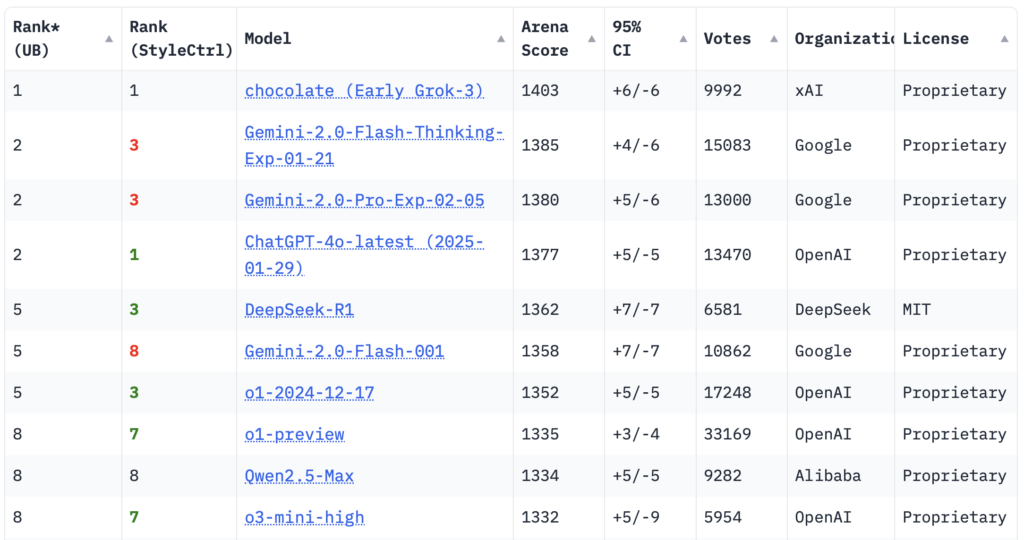
Grok 3
Grok 3 has entered the AI battlefield with serious firepower. Unlike its predecessors, this model has been developed using one of the most powerful computing infrastructures ever built, running on 200,000 Nvidia GPUs inside xAI’s custom-built Colossus supercomputer. This immense computing power has allowed Grok 3 to train on significantly larger datasets than its rivals, supposedly making it more capable of logical reasoning, advanced problem-solving, and real-time research.

One of Grok 3’s standout features is its new “Think Mode”, which lets users see the step-by-step reasoning behind an answer. This is a game-changer for fields like coding and mathematics, where understanding the process is just as important as the final answer. Another major upgrade is Deep Search, an AI-powered tool that automates research and summarization, reportedly able to process an hour’s worth of human research in just ten minutes. This positions Grok 3 as an AI designed not just to answer questions, but to explain why its answers are correct.
Benchmarks seem to support xAI’s claims. Grok 3 has outperformed its competitors in multiple tests, including math, science, and coding evaluations. In the 2024 AIME math competition, Grok 3 scored 52, compared to Gemini-2 Pro’s 39 and ChatGPT’s 9. Its Graduate-Level Expert Reasoning (GPQA) score of 75 also puts it ahead of most competing models, making it one of the most powerful reasoning AIs currently available. But benchmarks don’t tell the whole story—usability, writing ability, and general accessibility also matter.
ChatGPT
Despite Grok 3’s impressive capabilities, ChatGPT remains the most widely used AI model for good reason. OpenAI has spent years refining its models, and ChatGPT offers one of the best balances between accuracy, writing ability, and usability. Unlike Grok 3, which is locked behind a $40/month X Premium+ subscription, ChatGPT has a free version available, making it the easiest AI for general users to access.
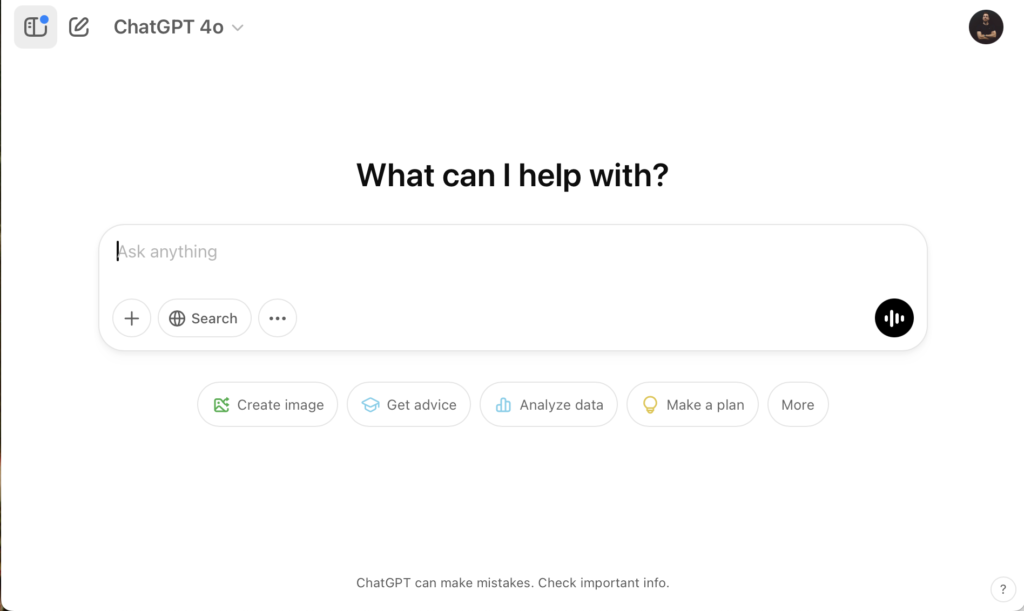
Where ChatGPT shines is in its versatility. It can generate high-quality text, assist with coding, summarize documents, and engage in casual conversations. While it may not be the absolute best at any single task, it performs well across a wide range of use cases, which is why it remains the go-to AI for millions of users. ChatGPT also integrates DALL·E 3 for image generation, something Grok 3 currently lacks, giving it an edge in creative applications.
That said, ChatGPT has started to lag behind in reasoning tasks. While it’s still highly capable, recent benchmarks indicate that Grok 3 and DeepSeek R1 might be better suited for complex logic-based queries. However, for users who need a reliable, easy-to-use AI assistant, ChatGPT is still one of the best options.
DeepSeek
DeepSeek R1 may not be as well-known as its Western competitors, but it has quickly become a major contender. Unlike OpenAI, xAI, and Google, DeepSeek was developed with a much lower computing budget, yet it has managed to deliver performance that rivals some of the biggest names in AI.
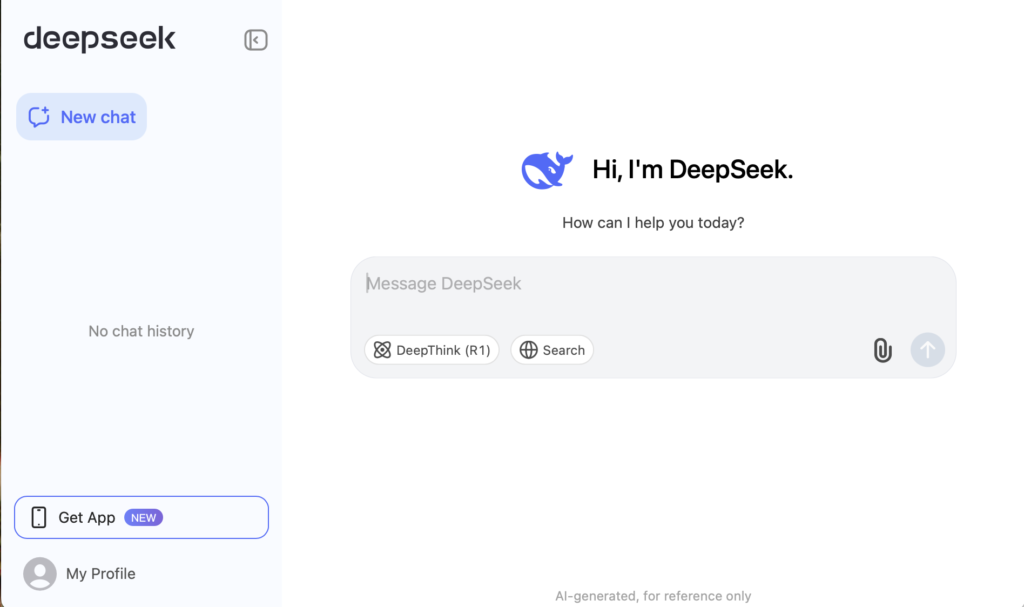
What makes DeepSeek unique is its cost efficiency. While other AI companies are investing billions into developing their models, DeepSeek has demonstrated that high-performance AI can be trained without relying on the most expensive hardware. This has major implications for the AI industry, proving that smaller companies can still compete at a high level.
DeepSeek R1 has been particularly impressive in problem-solving and technical reasoning tasks, outperforming ChatGPT and Claude in certain areas. However, it does have some drawbacks—it isn’t as polished when it comes to writing long-form text, and its accessibility outside China remains limited.
Claude and Gemini
While Grok 3 and ChatGPT dominate the headlines, Claude und Gemini have their own strengths. Claude, developed by Anthropic, is known for producing the most natural, human-like writing of any AI model. If you need an AI for storytelling, creative writing, or customer support, Claude is likely the best choice.
Gemini, on the other hand, is Google’s answer to ChatGPT. It integrates seamlessly with Google’s ecosystem, making it a powerful tool for users who rely on Google Docs, Search, and other Google services. While its reasoning abilities are not as strong as Grok 3’s, Gemini is excellent for real-time research and is improving rapidly.
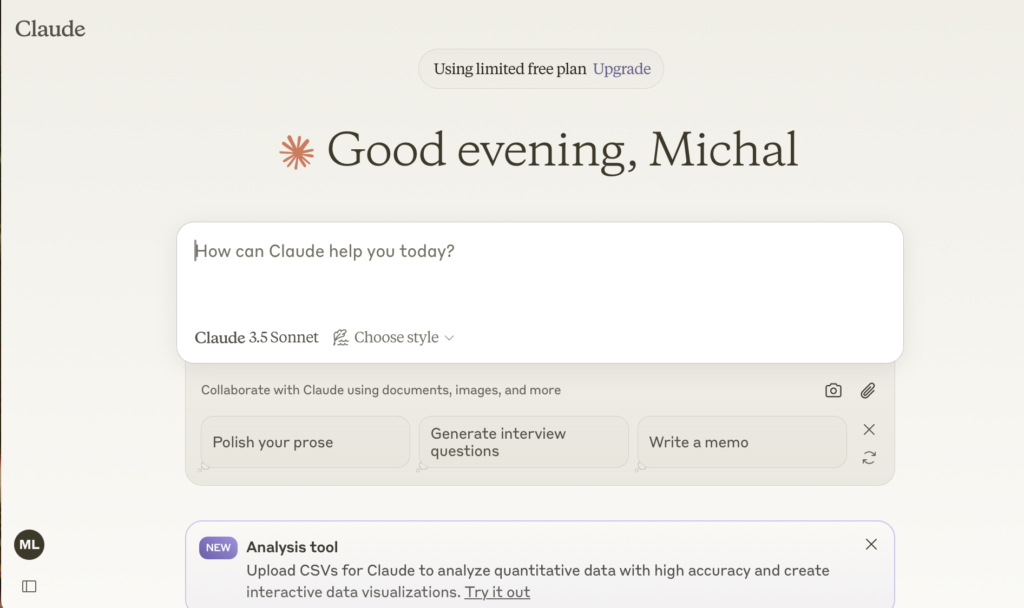
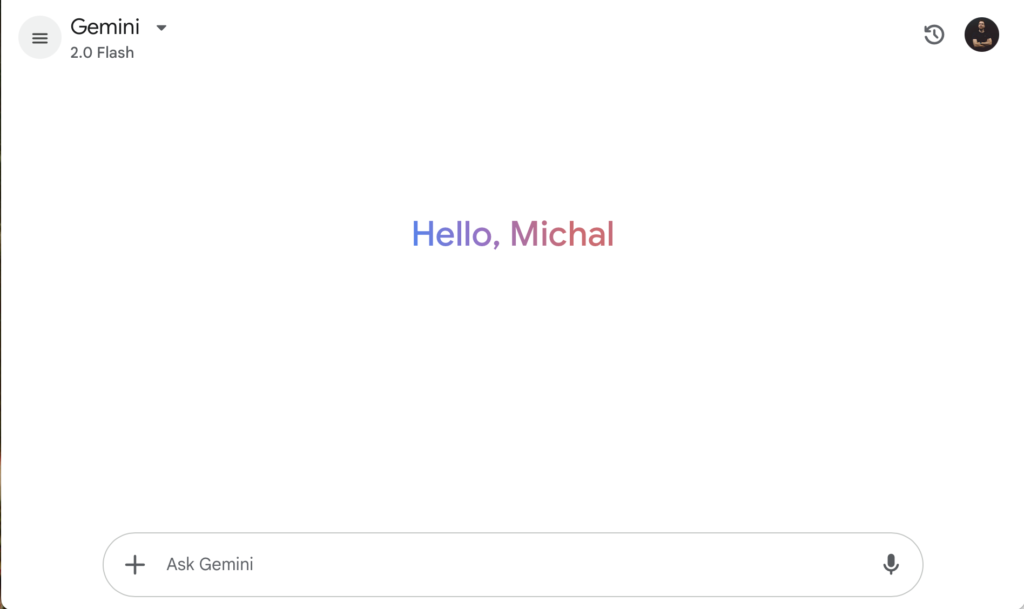
Technical Architecture and Performance Benchmarks
At the heart of any AI model lies its technical architecture. Grok 3, for instance, benefits from a dedicated data center known as Colossus—a facility designed to house 200,000 Nvidia H100 GPUs. This massive compute power enables Grok 3 to handle demanding tasks such as complex mathematical problems and coding challenges with impressive speed. In benchmark tests, Grok 3 achieved a 93.3% score on the AIME (American Invitational Mathematics Examination) and an 84.6% score on the GPQA (Graduate-Level Expert Reasoning) tests—figures that underline its strength in technical reasoning.
In contrast, ChatGPT, while not explicitly revealing its underlying hardware, leverages cloud-based solutions (primarily on Microsoft Azure) and the robust GPT-4 architecture. This gives it a balance between speed and polished output, although it tends to focus more on creative and general-purpose problem-solving. DeepSeek, meanwhile, has shown promise in text analysis but often falls short in head-to-head comparisons, especially in benchmarks where Grok 3’s specialized modes make a significant difference.
Hardware vs. Cloud Infrastructure
Grok 3’s reliance on a proprietary, in-house data center allows for deep hardware-level optimizations that cloud-reliant models like ChatGPT cannot match. This distinction is crucial when performance under heavy computational loads is tested, such as generating a fully integrated HTML/CSS/JS output in one go.
Each model’s approach to reasoning also differs: Grok 3’s Think Mode transparently reveals its step-by-step process—a feature that appeals to professionals in STEM fields—while ChatGPT’s reasoning remains behind the scenes, focusing instead on delivering fast and accurate results.
Content Creation & Reasoning Abilities
When it comes to content creation, the models show clear areas of strength and weakness:
- Grok 3 excels in technical tasks and integrated coding challenges. Users have praised its ability to combine HTML, CSS, and JS outputs seamlessly, simplifying what would otherwise be a complex, multi-step process.
- ChatGPT shines in creative tasks. Its capacity to generate engaging blog posts, ad copies, and even video scripts with minimal edits is well-known. Moreover, ChatGPT’s output tends to have near-zero AI detectability, making it ideal for users looking to bypass AI detection tools.
- Claude stands out for its natural, humanized text. In side-by-side comparisons, Claude’s blog posts often read more like a human-written piece—incorporating humor, clear explanations, and natural language that resonates with readers.
- DeepSeek und Gemini have shown potential in content generation, but often lag in comparison to their peers. DeepSeek’s performance in generating full, coherent outputs has been inconsistent, and while Gemini brings fresh features, it still faces challenges in delivering the same level of detail as its competitors.
User Experience
User experience is another crucial factor. Grok 3’s interface integrates all coding outputs into a single file, which reduces the hassle of copying and pasting multiple components—a small but significant win for developers. ChatGPT, on the other hand, offers an editable canvas, allowing users to make on-the-fly adjustments, which is especially useful in dynamic content creation scenarios.
For users who value transparency, Grok 3’s display of its thought process in Think Mode is a key feature. It not only bolsters confidence in the model’s reasoning but also serves as a valuable learning tool for those in technical fields. This level of detail is something that sets Grok 3 apart from more opaque models.
Pricing, Accessibility, and Market Impact
Pricing and accessibility can often be as decisive as performance metrics in determining which AI model gains the most traction.
Grok 3 is currently available exclusively through the X Premium+ subscription, priced at around $40/month. This subscription model ties the use of Grok 3 to a broader suite of features on the X platform, which includes social media functionalities and additional tools. In contrast, ChatGPT offers a free tier that is accessible to everyone, with paid plans starting at $20/month for ChatGPT Plus and even a $200/month premium plan for power users.
This pricing dynamic creates a trade-off between accessibility and specialized features. While ChatGPT’s free and lower-priced tiers make it broadly available, Grok 3’s specialized capabilities in technical reasoning and real-time data access might appeal more to enterprise users and tech enthusiasts who are willing to pay a premium for performance. Meanwhile, DeepSeek, Claude, and Gemini target niche markets—each with their own pricing structures that reflect their specialized features.
The market impact is clear: while Grok 3 has managed to catch up quickly and even outperform some rivals in specific technical benchmarks, its proprietary nature and subscription model may limit its broader adoption. ChatGPT’s widespread accessibility, on the other hand, continues to build a strong user base, particularly among creative professionals and casual users.
Future Prospects and Industry Predictions
Looking forward, the competitive dynamics among these AI models are set to intensify. xAI’s aggressive push with Grok 3, backed by its massive GPU infrastructure and innovative modes, signals a commitment to tackling complex, real-time tasks. Experts like Andrej Karpathy have noted that Grok 3’s performance in reasoning and coding tasks positions it “around the state of the art” relative to the best models available today—a sentiment echoed by industry leaders on platforms such as CBS News.
However, skepticism remains. Despite the impressive hardware and technical feats, questions persist over whether Grok 3 can continue to scale its capabilities linearly. The promise of future upgrades—such as transitioning from H100 to H20 GPUs—suggests that the model’s performance may further improve, but this hinges on overcoming the inherent limitations of current AI architectures.
In parallel, OpenAI and other competitors are not standing still. ChatGPT is evolving, integrating features like real-time web browsing and DALL·E 3-powered image generation, while Gemini and Claude continue to refine their respective niches in content creation and human-like reasoning.
The future might also see shifts in the open-source landscape. xAI has hinted at open-sourcing Grok 2 once Grok 3 stabilizes—a move that could have significant implications for innovation and community-driven development. Whether these plans come to fruition remains to be seen, but they are a critical point of discussion among AI experts and industry insiders.
Schlussfolgerung
The race among Grok 3, ChatGPT, DeepSeek, Claude, and Gemini is far from settled. Each model brings its own set of strengths to the table—Grok 3 with its deep technical reasoning and real-time data integration, ChatGPT with its versatile and accessible content creation, Claude with human-like writing, and Gemini with its emerging features.
In summary, Grok 3 stands out for users who need robust, data-driven reasoning and specialized technical capabilities, whereas ChatGPT continues to lead in everyday creative tasks and overall accessibility. DeepSeek, Claude, and Gemini are valuable in their own right, targeting niche applications and offering different perspectives on how AI can serve our increasingly digital lives.
As the industry continues to innovate, the lines between these models may blur, but for now, the choice ultimately comes down to the specific needs of users—whether that’s advanced technical performance, seamless creative output, or cost-effective access to powerful AI tools. With AI evolving at such a rapid pace, one thing is clear: the future of technology is both competitive and exciting.

